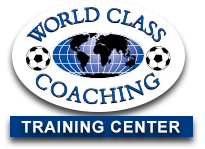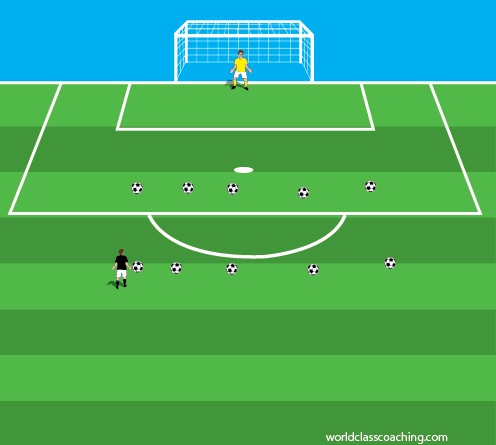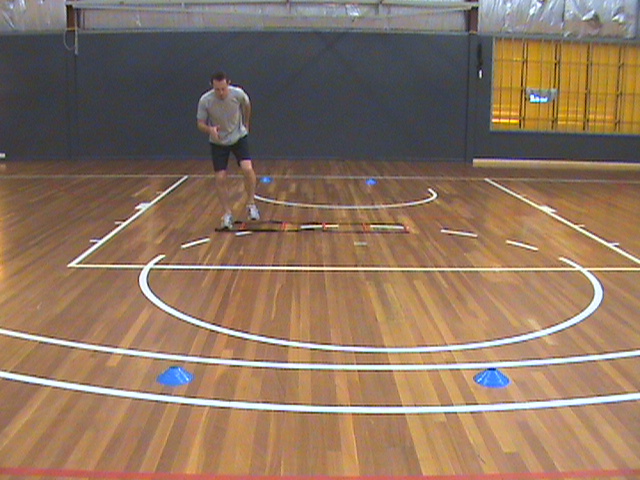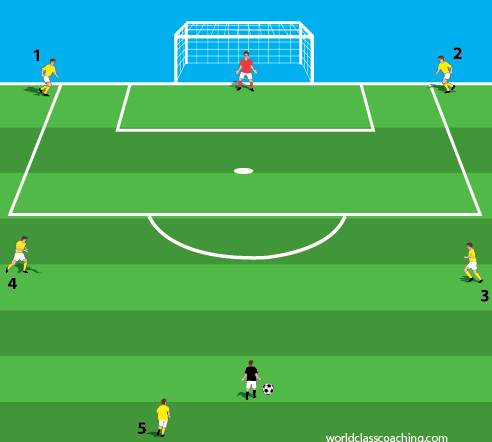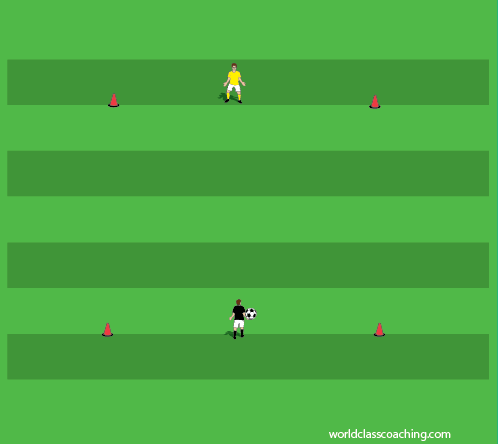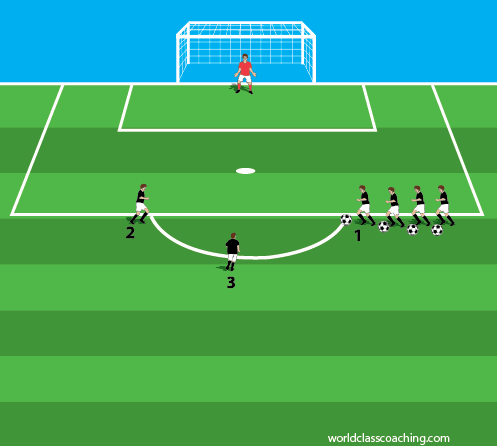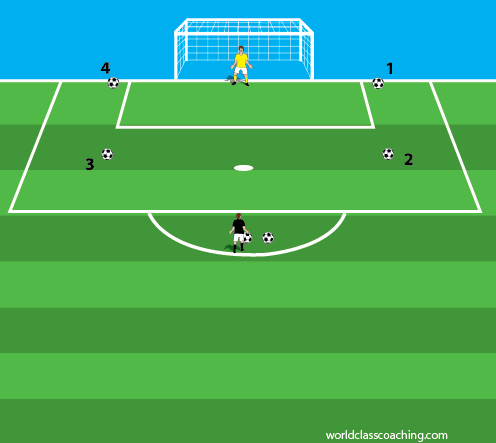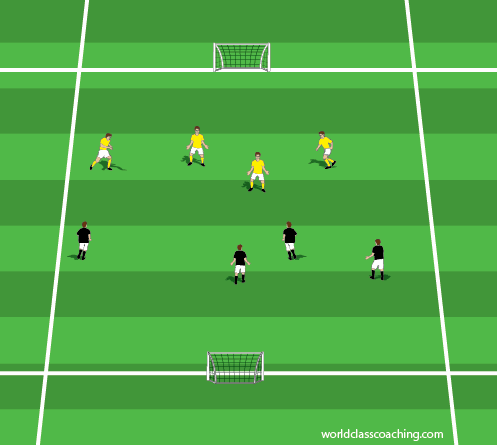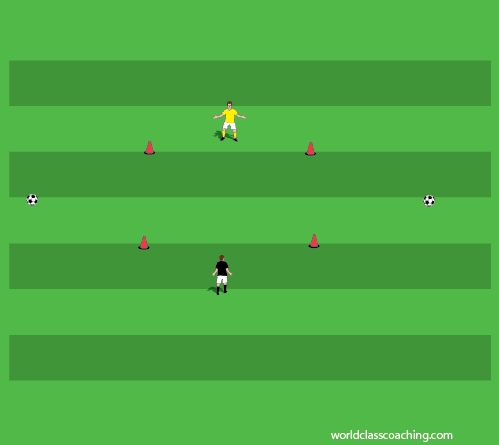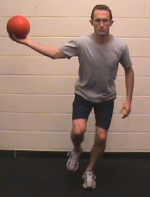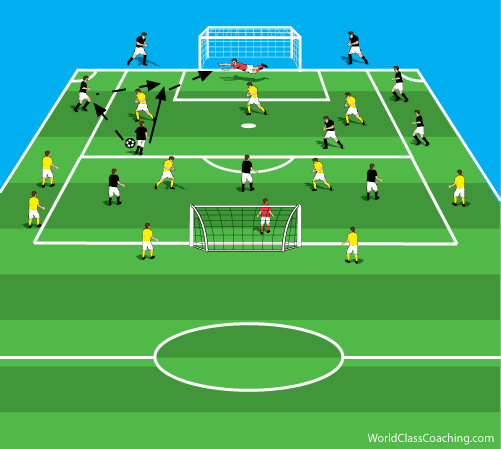Today’s post is by our Conditioning Experts at SoccerFIT and their partner Tristan Tillette. Tillette serves as Director of Performance at Elite Sports in Birmingham, AL and On-Line Training Director of AthleteFIT.com
This is the second post of the OUR GAME series – discussing the physical, technical, and psychological development of our youth as it pertains to the rest of the world.
The date is May 30th, 2011 and Barcelona is king of the futbol world. They “el rondo”ed Man U and Sir Alex on their home turf. The Catalans have become rock stars on the world's stage of the world’s game . Soccer Ga Ga’s if you will . Their style, flair, and creativity gives every second on the pitch a “what will they do next” type of feel. While their talent and skill is to die for, their passion joy is to LIVE for! What makes Barca BARCA isn’t their skill and flash but their love for the game and a deep commitment to the club and each other. Every player – from “the Flea” to the U9 keeper – is submerged in the culture of FC Barcelona .
That brings me to this point – What will it take for this unconditional love for the game, for the club, and for each other to swim it’s way across the Atlantic and infiltrate our soccer landscape?

Continue reading
